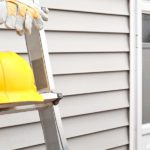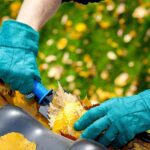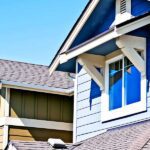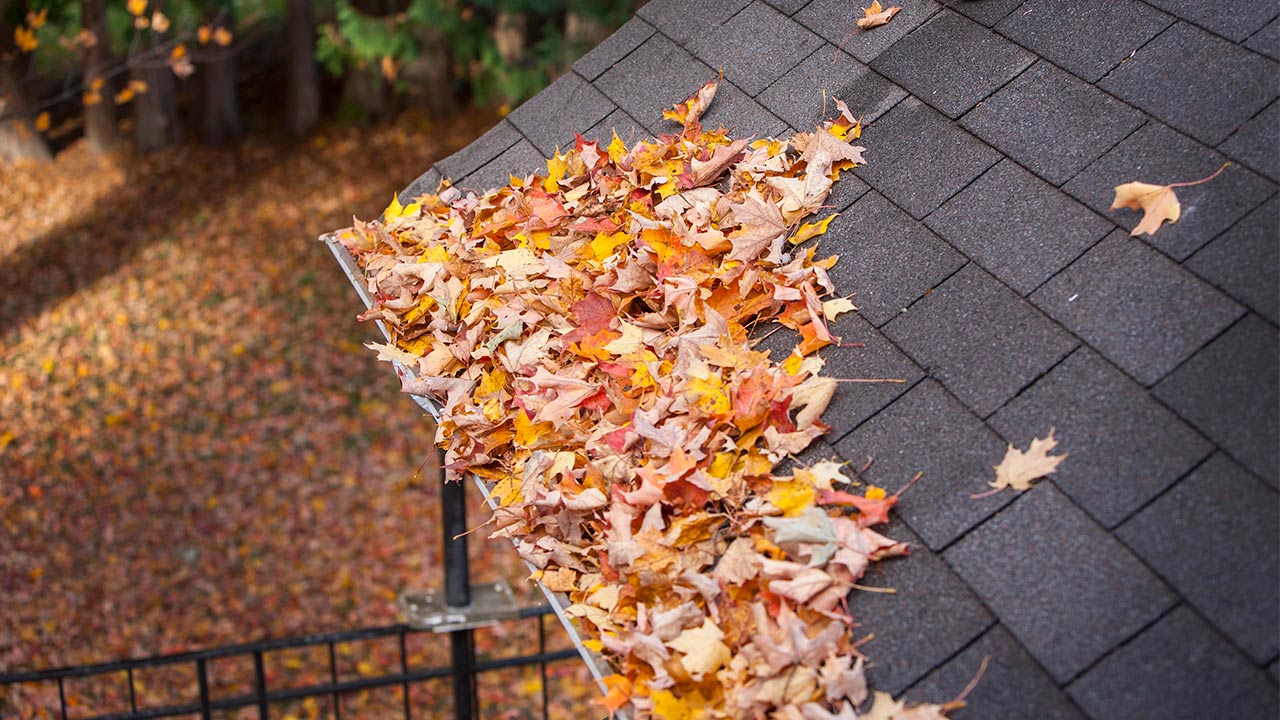
Different Types of Siding
Types of siding: Selecting new siding is one of the most important decisions homeowners face when building a new or remodeling an existing home. With so many options — both classic and modern materials — there’s a lot to consider.
Some of the most currently popular siding choices.
Vinyl Siding
Made from PVC, vinyl siding has been around since the early 1960s, and as of the 2010 census, it is the most commonly used siding in new, single-family homes.
Advantages: durable; widely available; least expensive option; many brands come with lifetime warranties.
Disadvantages: repairs require replacing entire sections; style/color selection is not as wide as other types of siding; cannot be painted; flammable; releases toxins if burned.
Cleaning/maintenance: wash annually with soap and water (high-pressure washing is discouraged).
“Green” characteristics: vinyl siding as a whole is a “green” siding option due to its production and recycling processes.
Hire a professional for Vinyl Siding Installation in Nashville, TN.
Insulated Siding
Insulated siding is a vinyl product with the added benefit of insulation. It’s usually just included in the vinyl siding category. The difference is that it has the insulation glued inside— the insulation is made to fit the vinyl siding profile, and the two are bonded together.
Advantages: creates straighter lines and lays flatter than the conventional siding, making it more effective on irregular walls; reduces outside noise; reduces the amount of heat loss or gain from the house.
Disadvantages: costs more than standard vinyl siding.
Cleaning/maintenance: wash annually with soap and water (high-pressure washing is discouraged).
“Green” characteristics: foam insulation increases the siding’s R-value, which helps make a home more energy-efficient.
Fiber Cement Siding
Fiber cement comprises wood fibers mixed with sand and cement. The siding is much thicker than vinyl and has a better ability to withstand harsh weather such as strong wind or hail. In addition, the material is very stable and does not expand and contract at the same rate that true wood and vinyl siding do.
Advantages: not susceptible to termites; highly water-resistant; incombustible; holds paint well; lots of options in texture and color.
Disadvantages: installation is more complicated as the product is cumbersome; costlier than most types of vinyl siding.
Cleaning/maintenance: mostly maintenance-free; must be repainted periodically (recommended every 15 to 20 years).
“Green” characteristics: most brands contain at least 10 to 20 percent recycled materials.
Engineered Wood Siding
The result is a material with many aesthetic features afforded by real wood siding but is stronger than wood and can be factory painted, giving the product and painting a much longer life expectancy than natural wood.
Advantages: lighter weight provides an easy installation; sold pre-primed or painted; custom colors available; takes less lumber to create than traditional wood siding; infused resins make the material resistant to insect damage.
Disadvantages: susceptible to moisture-related problems unless properly installed and maintained.
Cleaning/maintenance: must be painted for weatherproofing purposes; periodic maintenance required—pre-treat with bleach or vinegar solution and wash with mild detergent solution; sand lightly to remove stains.
“Green” characteristics: made primarily from recycled wood, waste wood, and wood from smaller, quick-growth trees.
0 Likes







